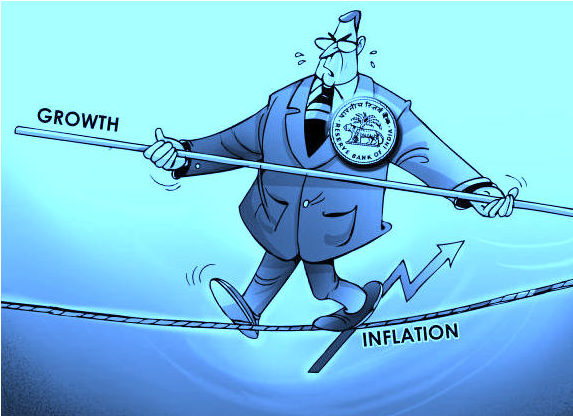Considering the risks of inflation, the Raghuram Rajan has kept RBI monetary policy rates unchanged at its third bi-monthly policy. The prima-facie forecasting seems to be in contact with controlling of NPAs along-with liquidity within system which looks like less prominent for the performance of banking sector. In first quarter of 2016 the economic advancement has been slightly weighed down due to food inflation inching near to 8%. On the other hand commercial advancement has been grown remarkably with control over retail inflation which is inching near 6%.
Monetary policy with considerations
- Cash reserve ratio (CRR) of scheduled banks also remained unchanged at 4%.
- Statutory liquidity ratio (SLR) of scheduled banks at 21.5%.
- Repo rate under the liquidity adjustment facility (LAF) unchanged at 6.5%
- Consequently, it left the reverse repo rate under the LAF unchanged at 6%.
Policy justification
- In FY 2016-17, inflation has risen faster than estimated pace at cost of stretch prosperity of “acche din”
- The expectation of food inflation remains high, Moreover, in the fuel category too, if we face a rise in the crude oil prices may lead to more inflationary pressure.
Impact on Domestic market
With the immediate impression on banking index, the monetary policy may lead to correction on banking stocks especially of private banks. With growing food inflation data, base metals like zinc, aluminum, steel, iron ore can perform better; thus relative stocks can be accumulated for midterm horizon. Non-banking financial companies can rally due to subdued pressure of last couple of months. Blue-chip IT companies can remain calm for 10-15 days on the front of weak USD to INR relation.
Global Impact
On the global front, US performing neutrally to grow at optimum pace to build long term foundation into currency can exaggerate Central bank’s policy by making a rate cut in next quarter, UK is still under the storms of brexit pitfall thus can cope up underneath with similar policies alike EU, China is still looking to survive on stable feet with control over base-metals prices, where as Japan is solely performing good upfront to stronger yen with higher industrial production data.














Pingback: Welcome 25 bps Repo Rate Cut by RBI to 6.25 percent